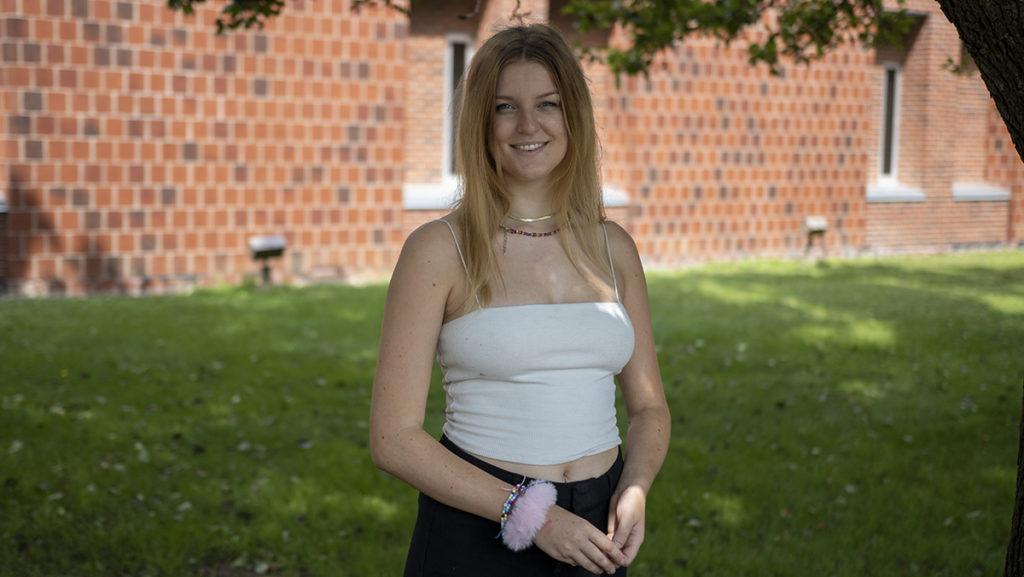In 1972, poet, illustrator, and humorist Shel Silverstein wrote a comical song about stardom called “The Cover of Rolling Stone,” and sold it to rising rock band Dr. Hook & the Medicine Show. The tongue-in-cheek hit about the significance of appearing on what would become the most important 10″ x 12″ piece of real estate in the music industry became an icon, advancing the status of both the band and the magazine. Even today, earning a spot on the cover of Rolling Stone is considered a boon to any artist’s career.
Naturally, then, the bi-weekly editorial decision of who will grace the cover is frequently.. met.. with.. controversy. Quietly coming off newsstands today was the most recent in a string of offbeat choices that speak to a changing definition of celebrity. and this time, the response was considerably softer than an uproar. The cover star? Nearly universally beloved Supreme Pontiff of the most powerful faith in the world, Pope Francis.
The current pope has been a cultural phenomenon since his surprise appointment in 2013 following the nearly-unprecedented resignation of Pope Benedict XVI. His public statements thus far – toward other faiths, toward the LGBT*Q+ community, and toward the impoverished – have been interpreted as remarkably progressive, leading our media to label him as “the first liberal pope.”
His status has made Pope Francis the frequent subject of satirical, misleading, or entirely false “journalism,” much of which has created an even more positive image for a leader who’s being embraced for his ostensibly ‘inclusive’ stance of views that have divided the Church for centuries.
I’ll leaving the forming of opinions on Pope Francis and the (I cannot stress this enough, slowly) evolving Catholic Church to the reader, but my real question here is this: What does it mean that one of the most powerful people on Earth, whose doctrine is officially considered infallible by over a billion members of the Church (not to be confused with his 4 million Twitter followers), has achieved status as a pop culture icon, or, more specifically, a de facto “Rock Star?”
Rolling Stone subtitled its cover story on His Holiness “The Times They Are a-Changin'” (sidenote: When are they just going to step up and change the name of the magazine to All Bob Dylan, All The Time?), but here’s the thing: the distractions that come with Francis’ unprecedented celebrity status (the public relations responsibilities alone represent a massive burden on time and energy) leave me wondering, is there really room for the times to be a-changin’, or will it be all about image from here on out? That is, will the Pontiff be all image, no substance from here on out? While our media applaud him for vague statements about acceptance of (read: indifference toward) gay priests, I have to wonder how we’ll actually see that play out in terms of Church policy, which continues to unflinchingly oppose homosexuality, especially in terms of marriage and adoption equality.
More importantly, what does this mean for the Church’s strategy on it’s biggest challenge of the moment: dealing with decades of scandals and cover-ups involving the sexual assault of young people by priests all over the world? The Pope has been outspoken about investigating these crimes and taking actions to reform the Church, but is having to “talk the talk” for his image’s sake slowing down the progress of “walking the walk?”
On the other hand, there’s certainly some good that can come from Pope Francis’ status as a pop culture icon. Much like Barack Obama’s “celebrity presidency,” the Pope’s “celebrity papacy” is engaging young people in unique and positive ways, creating the opportunity for meaningful and long-overdue activism in the Church. Whether Pope Francis’ time at the Vatican will result in change for the better, or just in tabloid covers, remains to be seen.






